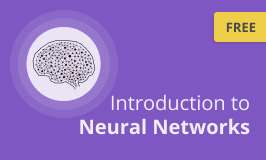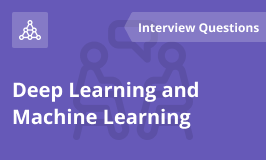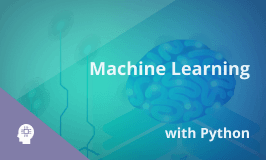What Learners has to say

Gaurav Saboo
Senior Technical Associate | India
I got promoted to Sr. Technical Associate with a 60% hike after completing this course from Intellipaat. The training taught me new skills and how to implement the same in my current role.
Technical Analyst
Senior Technical Associate

D Rajesh Sahoo
Machine Learning Engineer | India
Read More
Fresher
ML Engineer

Melwin Rodrigues
Data Scientist | India
Becoming a Data Scientist from a Customer Service Agent was possible only due to expert guidance by Intellipaat trainers. Even after working for 10 years in customer care, I am a Data scientist today.
Customer Service Agent
Data Scientist

Shehzin Mulla
Marketing Data Analyst | India
Read More
Data Analyst
Marketing Data Analyst

Ankit Kumar
Data Scientist | Delhi
Intellipaat has given me the confidence that anyone can become a Data Scientist with its rich course and expert guidance. With the help of Intellipaat, I switched from a non-tech role to a Data Scientist.
B.com Graduate
Data Scientist

Mahesh Chowdary
Data Scientist | Hyderabad
Today, I am a certified Data Scientist and this has happened post I enrolled in this program. It covers all the necessary concepts and techniques in lucid language. I am thankful to Intellipaat for giving me this career growth.
Aircraft Maintenance Engineer
Data Scientist

Jeanette Masso
Big Data Developer | Dallas
The course helped me make a career transition from Computer Technical Specialist to Big Data developer with a 60% hike. The online interactive sessions by trainers are the best thing about Intellipaat.
Computer Technical Specialist
Big Data Developer

Prosenjeet Saha
Data Scientist | Bengaluru
Intellipaat offered me the best learning experience, and today, I have successfully transitioned from a Manager in Edutech to a Data Scientist. The comprehensive curriculum and the career guidance sessions helped me a lot.
Manager Analytics & Data Science
Data Scientist

Sahas Barangale
Program Manager | Pune
Thanks to Intellipaat, I was able to switch to the role of a Program Manager from a Microsoft Dynamics Consultant. Gaining knowledge in the latest technologies as per industry standards helped me the most.
Microsoft Dynamics Consultant
Program Manager

Bhawna Kaliraman
Data Science Intern | Gurugram
I was able to achieve my goal of becoming a Data Science professional from being a lecturer, due to Intellipaat. It offered a platform to learn Data Science from the best trainers. The real-life projects were good.
Lecturer
Data Science Intern
57% Average Salary Hike
$1,14,000 Highest Salary
12000+ Career Transitions
400+ Hiring Partners






























